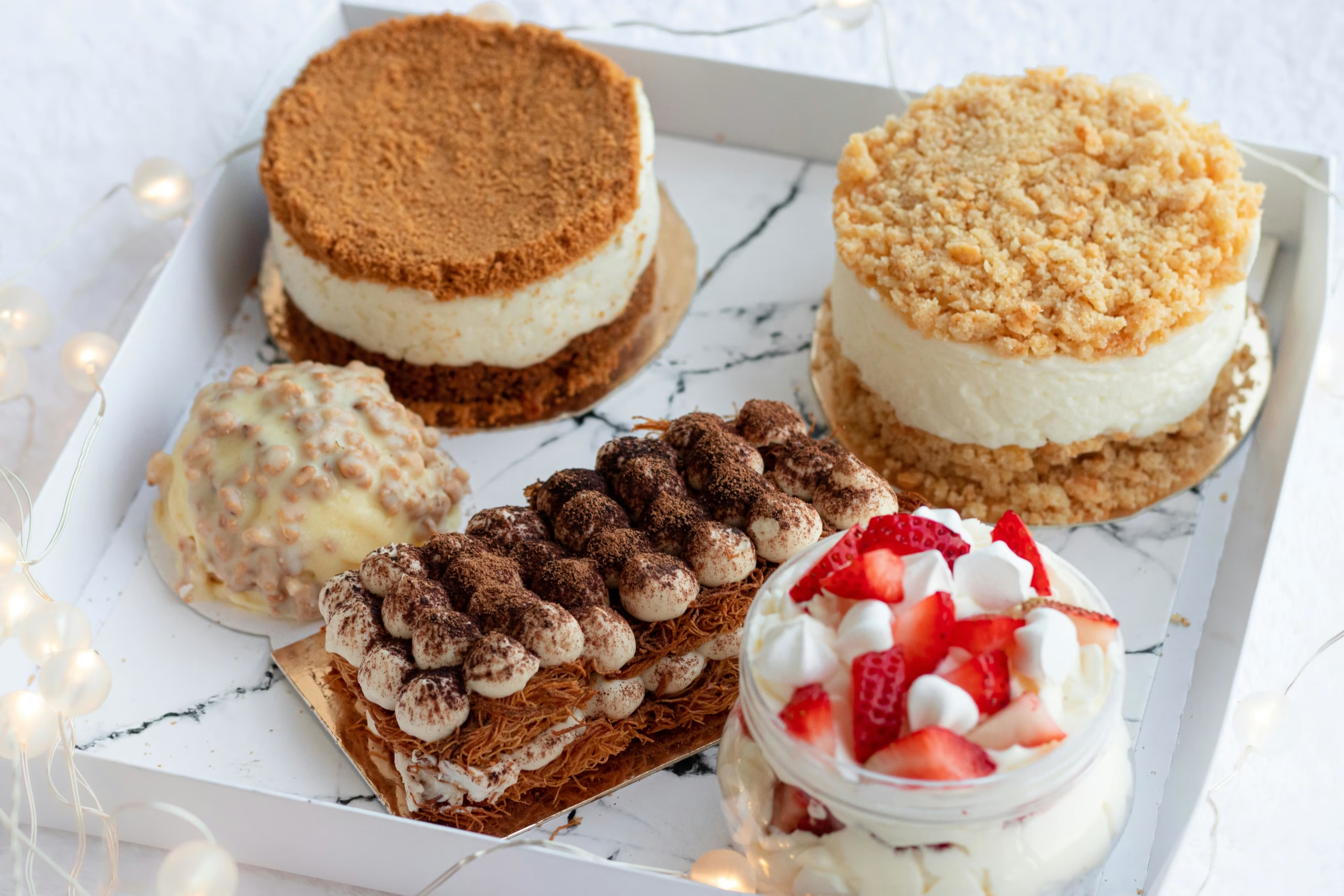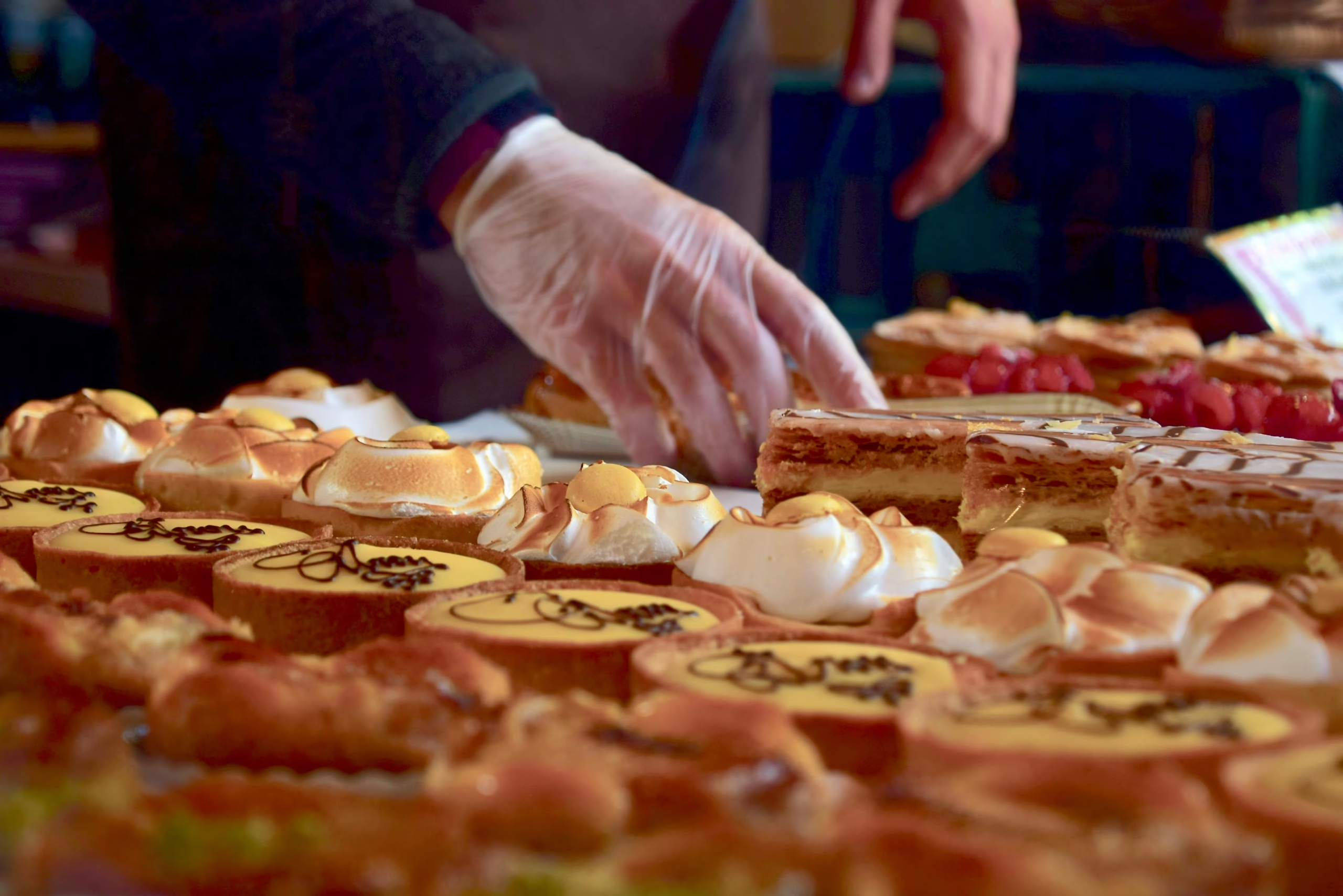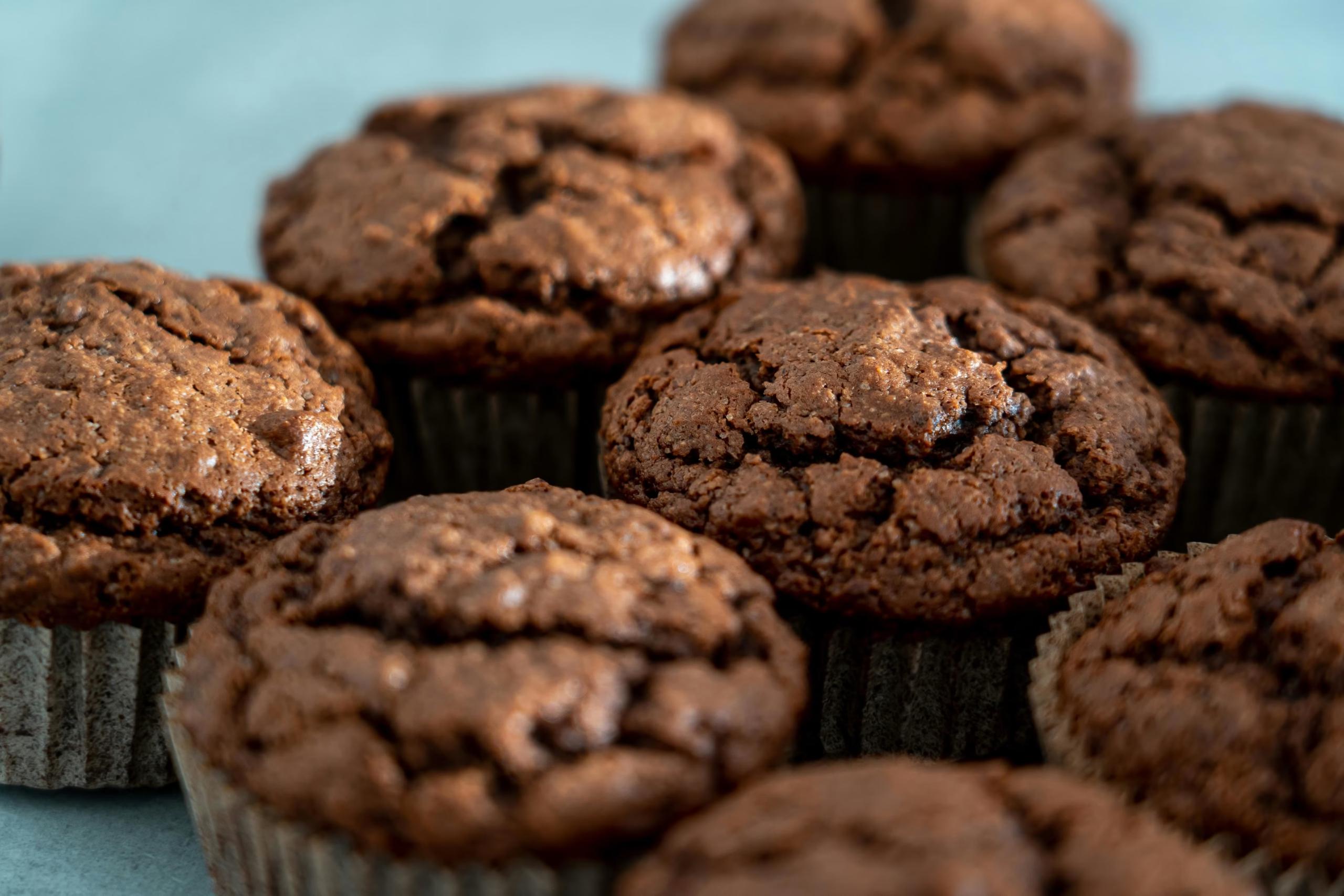When it comes to desserts, sweet cakes are undeniably at the top of everyone’s list. From their origins to their role in celebrations, the sheer variety and versatility of cakes are unmatched. This article explores the fascinating world of sweet cakes, diving into their history, types, recipes, and more. Whether you’re a home baker, a professional, or just someone with a sweet tooth, you’ll find something delightful here
Introduction
What Are Sweet Cakes?
Sweet cakes are more than just a dessert—they’re a symbol of celebration, indulgence, and creativity. Whether it’s a decadent chocolate cake, a delicate red velvet cake, or a fresh fruit-infused cake, their appeal lies in their ability to cater to every taste. Cakes come in various shapes, sizes, and flavors, but they all share one thing: the power to bring people together.
Why Sweet Cakes Are Universally Loved
Why do people around the globe love sweet cakes so much? It could be their comforting sweetness, their endless customization options, or the fact that they’re often the centerpiece of life’s most cherished moments. Whatever the reason, cakes have cemented their place in human culture.
History and Evolution of Sweet Cakes

The Origins of Sweet Cakes
The story of sweet cakes dates back thousands of years, originating in ancient civilizations. Early cakes were simple mixtures of grains and honey, baked over open flames. These humble beginnings paved the way for more sophisticated recipes as trade routes introduced new ingredients like sugar and exotic spices. Ancient Egyptians, for instance, are credited with some of the earliest cake recipes, using yeast to create leavened desserts.
Cultural Influences on Cake Recipes
As cakes spread across continents, they absorbed the essence of different cultures. In Europe, the Middle Ages marked a turning point with the introduction of fine white flour and refined sugar. This era saw the birth of iconic cakes like the sponge cake and pound cake. Meanwhile, Asian cuisines contributed unique twists, such as matcha-infused cakes in Japan and nut-laden sweets in the Middle East.
The Americas added their own flair, popularizing carrot cake, red velvet cake, and chocolate-rich creations. Today, these influences have blended into a global love affair with cakes that cater to every palate.
Modern Adaptations of Traditional Cakes
Fast forward to the 21st century, and the evolution of sweet cakes is a testament to innovation. Bakers now incorporate unconventional ingredients like avocado, beetroot, and quinoa flour to cater to modern dietary preferences. Vegan and gluten-free cakes are no longer niche but celebrated options, bringing inclusivity to the world of dessert.
For those intrigued by the diversity of desserts, check out Cultural Variations in Desserts for a fascinating dive into the global tapestry of sweet treats.
Types of Sweet Cakes
Classic Varieties: Timeless Delights
When it comes to sweet cakes, the classics never go out of style. These cakes form the foundation of every baker’s repertoire. A fluffy vanilla cake layered with buttercream frosting is a universal favorite, while a rich and indulgent chocolate cake satisfies even the deepest cravings. Meanwhile, the crimson hue of red velvet cake continues to captivate dessert lovers, often paired with a tangy cream cheese frosting.
Fruit-Based Sweet Cakes
For those who adore natural sweetness, fruit-infused cakes are a dream come true. From a vibrant strawberry shortcake adorned with fresh berries to the zesty kick of lemon drizzle cake, these options celebrate the season’s finest produce. Even tropical flavors like coconut and pineapple add an exotic flair to the mix, ensuring there’s always something refreshing for every occasion.
Cultural Variations: A World of Flavor
Every culture has its signature twist on sweet cakes. In Mexico, the moist and milky Tres Leches Cake reigns supreme. Italy offers the creamy elegance of Tiramisu, a layered dessert infused with coffee and mascarpone. And who could forget the iconic Black Forest Cake from Germany, with its layers of chocolate, cherries, and whipped cream?
These cultural treasures aren’t just desserts—they’re windows into traditions and histories. Explore the artistry behind cakes like these by visiting Cultural Variations in Desserts.
Specialty Sweet Cakes: Catering to Every Need
The modern era has brought inclusivity to the dessert table with specialty cakes. Vegan cakes swap traditional eggs and dairy for plant-based alternatives like flaxseed and almond milk. Gluten-free cakes crafted with almond or rice flour deliver indulgence without compromise. Keto-friendly cakes, made with almond flour and stevia, offer low-carb sweetness for health-conscious foodies.
Ingredients and Techniques for Perfect Sweet Cakes

Essential Ingredients: Building the Foundation
Every memorable sweet cake begins with the right ingredients. At the heart of it lies flour, often the versatile all-purpose flour or its softer sibling, cake flour, which gives cakes their delicate texture. Sweeteners, like granulated sugar or natural alternatives such as honey, bring that irresistible sweetness, while leavening agents like baking powder and baking soda help the batter rise into fluffy perfection.
But it doesn’t stop there—eggs, butter, and milk provide structure, richness, and moisture. For more adventurous bakers, flavor enhancers like vanilla extract, citrus zests, or a pinch of cinnamon can elevate a simple cake to gourmet status.
Key Techniques for Moist and Fluffy Cakes
Perfecting the texture of a cake requires a balance of skill and care. Here are some golden rules:
- Cream the butter and sugar: Whipping these together introduces air into the batter, laying the groundwork for a light and fluffy cake.
- Measure accurately: Baking is science; even slight deviations can lead to dense or dry cakes.
- Don’t overmix the batter: Once the flour is added, mix just enough to combine ingredients without overworking the gluten, which can make the cake tough.
- Bake at the right temperature: Too hot, and the cake may burn on the edges while remaining undercooked inside. Use an oven thermometer for accuracy.
Tips for Experimenting with Flavors and Textures
Want to take your cake to the next level? Don’t be afraid to experiment with ingredients! Adding fruit purees like banana or pumpkin can create moisture-rich cakes. Fold in nuts or chocolate chips for texture, or infuse your batter with matcha or lavender for unique flavors.
And remember, presentation matters. A simple drizzle of ganache or a sprinkle of powdered sugar can make your cake look as good as it tastes. For more decorating ideas, head over to Guide to Cake Decorations.
Popular Recipes and How to Make Sweet Cakes at Home

Classic Chocolate Cake Recipe: Step-by-Step
Who can resist the allure of a decadent chocolate cake? Here’s a simple recipe to bring this timeless dessert to life:
Ingredients:
- 1¾ cups all-purpose flour
- 1¾ cups sugar
- ¾ cup cocoa powder
- 1½ tsp baking powder
- 1½ tsp baking soda
- 2 eggs
- 1 cup milk
- ½ cup vegetable oil
- 2 tsp vanilla extract
- 1 cup boiling water
Instructions:
- Preheat your oven to 350°F (175°C). Grease and flour two 9-inch round baking pans.
- In a large bowl, whisk together the dry ingredients: flour, sugar, cocoa powder, baking powder, and baking soda.
- Add eggs, milk, oil, and vanilla. Mix until smooth.
- Gradually stir in boiling water until the batter is thin.
- Divide the batter between the prepared pans and bake for 30–35 minutes, or until a toothpick comes out clean.
- Let the cakes cool completely before frosting with your favorite buttercream or ganache.
Fruit-Infused Sweet Cake Recipes
For a lighter option, fruit-based cakes like strawberry or lemon drizzle are perfect. Here’s a quick guide for a lemon drizzle cake:
Ingredients:
- 1½ cups self-rising flour
- 1 cup sugar
- 2 eggs
- ½ cup unsalted butter, softened
- Zest of 2 lemons
- Juice of 1 lemon
- ½ cup milk
Instructions:
- Preheat the oven to 350°F (175°C). Line a loaf pan with parchment paper.
- Beat butter and sugar together until light and fluffy. Add eggs one at a time, mixing well.
- Stir in lemon zest and juice, followed by the flour and milk alternately until smooth.
- Pour into the pan and bake for 45–50 minutes.
- While the cake bakes, mix powdered sugar and lemon juice to create a glaze. Drizzle over the warm cake for a tangy finish.
Tips for Customization
Transform any recipe to suit dietary preferences or elevate flavors:
- Substitute regular flour with gluten-free flour blends for those with gluten sensitivities.
- For vegan versions, use flaxseed meal mixed with water as an egg replacement and almond or oat milk for the liquid.
- Enhance flavors with fillings like raspberry jam, chocolate ganache, or coconut cream.
Sweet Cakes in Celebrations and Traditions

The Role of Sweet Cakes in Special Occasions
When you think about life’s milestones, sweet cakes are almost always part of the picture. From birthdays and weddings to anniversaries and holidays, cakes symbolize joy, abundance, and togetherness. Blowing out candles on a birthday cake isn’t just a tradition—it’s a cherished moment that brings people closer.
Weddings, too, wouldn’t be complete without a show-stopping cake. The multi-tiered wedding cake, often adorned with intricate designs and meaningful symbols, takes center stage at receptions, embodying unity and prosperity for the couple.
Symbolism of Sweet Cakes Across Cultures
Cakes hold a special place in many cultures. In Mexico, the Tres Leches Cake is a popular choice for celebrations, thanks to its rich, milky flavor. In the UK, fruit-laden Christmas cakes soaked in brandy are a holiday staple, symbolizing warmth and festivity. Meanwhile, the Chinese embrace mooncakes, a sweet pastry enjoyed during the Mid-Autumn Festival, reflecting unity and gratitude.
Even in modern settings, cakes like gender reveal cakes have emerged, turning personal moments into shared celebrations. The symbolism and versatility of cakes make them more than just desserts—they’re cultural icons.
Unique Cakes for Modern Celebrations
Today’s celebrations call for creative twists. Themed cakes featuring personalized designs are all the rage, from superhero cakes for kids’ birthdays to minimalist naked cakes for rustic weddings. For those embracing dietary trends, vegan or gluten-free cakes ensure everyone at the party can indulge.
Sweet cakes have evolved to suit the times, but their essence as markers of life’s happiest moments remains unchanged. For ideas and inspiration, check out Cultural Variations in Desserts to explore how different traditions celebrate with sweet treats.
FAQs About Sweet Cakes
1. What Makes a Cake Moist and Fluffy?
Achieving a moist and fluffy cake comes down to technique and ingredients. Using ingredients at room temperature, especially eggs and butter, helps create an emulsion that traps air and enhances texture. Be sure to avoid overmixing once the dry ingredients are added, as this can toughen the cake by over-developing gluten. Additionally, incorporating ingredients like buttermilk or yogurt can add moisture while balancing flavors.
2. Can I Substitute Regular Flour with Gluten-Free Options?
Absolutely! Gluten-free flours like almond flour, coconut flour, or pre-mixed gluten-free blends work well as substitutes. Keep in mind that gluten-free flours absorb more liquid, so adjusting the wet ingredients may be necessary. Adding a binder like xanthan gum can also improve the structure of gluten-free cakes.
3. How Do I Prevent My Cake from Sticking to the Pan?
Sticking is every baker’s nightmare, but it’s avoidable with these tips:
- Grease the pan generously with butter or oil, then dust it with flour or cocoa powder for chocolate cakes.
- Alternatively, use parchment paper to line the bottom for foolproof release.
- Allow the cake to cool slightly before attempting to remove it from the pan.
4. Which Frosting Is Best for Summer Cakes?
For summer cakes, choose frostings that hold up well in heat. Buttercream made with shortening instead of butter can withstand warmer temperatures better. Alternatively, cream cheese frosting with stabilizers like powdered sugar or cornstarch provides a refreshing yet sturdy topping.
5. How Can I Make a Cake Without an Oven?
No oven? No problem! Try steaming the cake batter in a covered pot over boiling water, a method popular for desserts like Japanese steamed cakes. Alternatively, electric appliances like pressure cookers and microwaves can produce surprisingly fluffy results with the right recipe.
For more detailed guidance on these topics, you can explore expert tips at All About Baking, a go-to resource for bakers of all skill levels.
Sweet cakes come with endless possibilities and solutions, whether you’re tackling a baking challenge or trying something new. Let’s recap all these ideas to complete our journey into the delightful world of sweet cakes!